The Art of Winemaking: From Vineyard to Bottle
Winemaking is a captivating journey that transforms grapes into exquisite wine through a series of carefully orchestrated steps. This article delves into each stage of the process, highlighting the artistry and expertise involved, with a special focus on Jackson Family Wines.
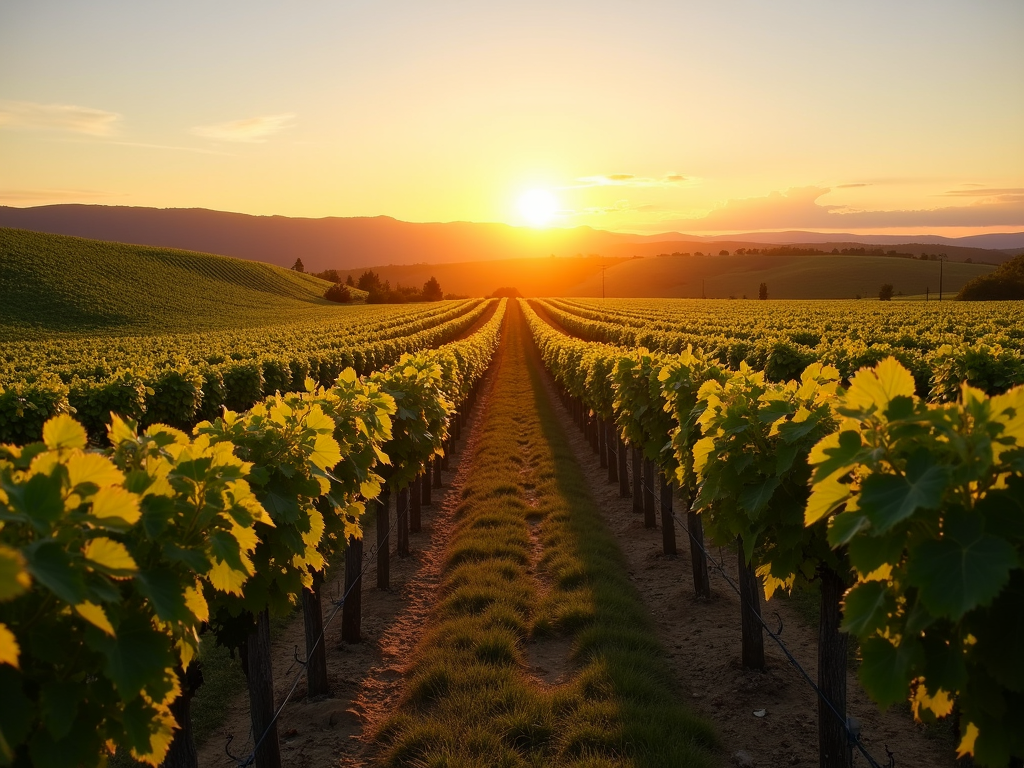
Winemaking, or vinification, is the age-old practice of crafting wine from grapes. It's a harmonious blend of tradition, science, and creativity, where each bottle tells a story of its origin. The process is often likened to art because it requires not only technical knowledge but also a keen sense of taste, smell, and intuition to create a wine that truly expresses its terroir and varietal character.
Winemakers are like artists, using their skills to paint a picture with flavors and aromas. They must understand the nuances of grape growing, the intricacies of fermentation, and the subtleties of aging to produce a wine that is both technically sound and aesthetically pleasing.
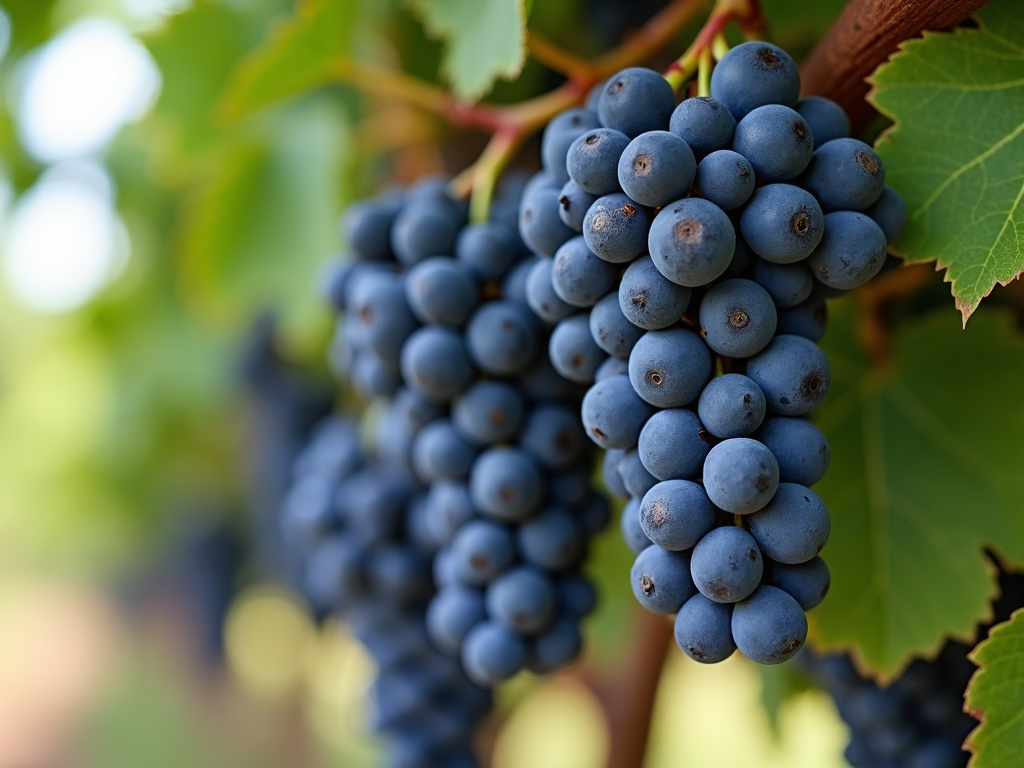
The winemaking process begins long before the grapes are harvested. It starts in the vineyard, where the quality of the grapes is determined. The concept of terroir—the unique combination of soil, climate, and topography—plays a pivotal role in shaping the grapes' characteristics.
- Soil: Different soil types, such as clay, limestone, or gravel, can impart distinct mineral qualities to the grapes.
- Climate: The weather patterns throughout the growing season affect the grapes' sugar levels, acidity, and flavor development.
- Topography: The slope and elevation of the vineyard can influence drainage, sun exposure, and temperature, all of which impact grape quality.
Grape variety is another crucial factor. Each variety, from Chardonnay to Cabernet Sauvignon, has its own preferred growing conditions and flavor profile. The viticulturist, or grape grower, meticulously tends to the vines, ensuring they receive the right amount of water, nutrients, and care to produce the best possible fruit.
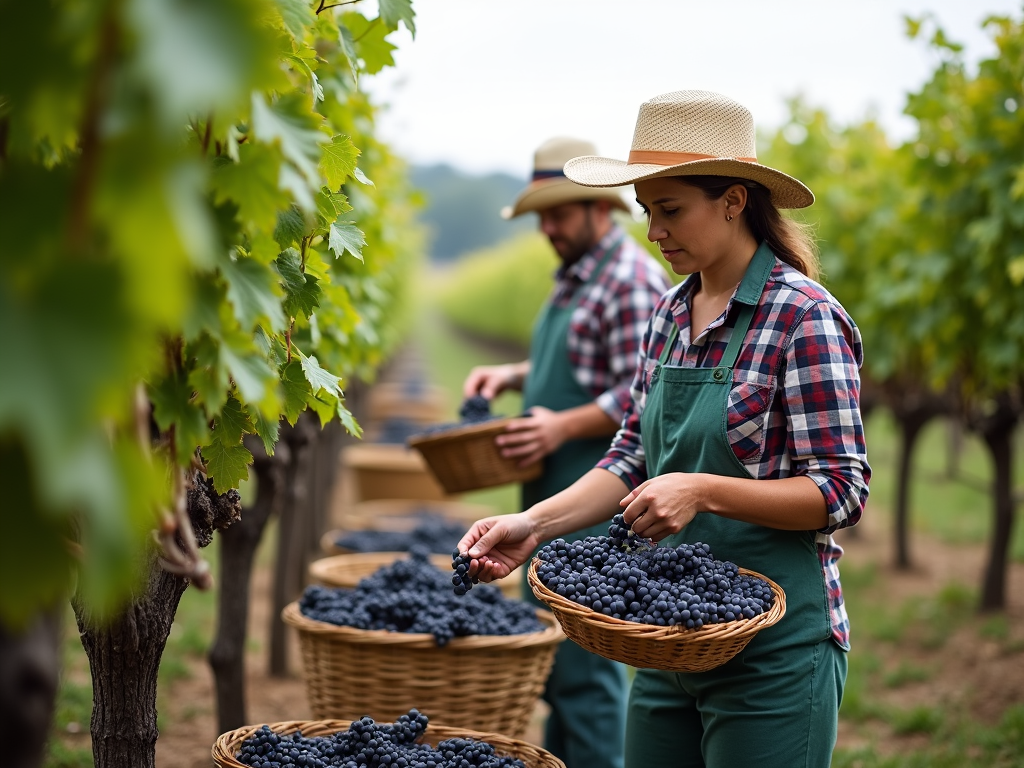
Harvesting is a critical moment in winemaking. The decision of when to pick the grapes can make or break the vintage. Winemakers monitor the grapes' ripeness by measuring sugar levels (Brix), acidity, and tasting for flavor development.
- Hand Harvesting: This labor-intensive method allows for selective picking, ensuring only the best grapes are chosen. It's often used for premium wines.
- Machine Harvesting: While faster and more economical, machine harvesting is less selective and may include unripe or damaged grapes.
The timing of the harvest also depends on the desired wine style. For example, grapes for sparkling wines are often picked earlier to retain higher acidity, while those for dessert wines are left on the vine longer to concentrate sugars.

Once harvested, the grapes are brought to the winery for crushing and pressing. Crushing breaks the grape skins, releasing the juice, while pressing separates the juice from the solids.
- For white wines, grapes are typically pressed immediately after crushing to avoid skin contact, preserving the delicate flavors.
- For red wines, the crushed grapes (must) are left to macerate with the skins to extract color, tannins, and flavor compounds.
The method of pressing can vary, with some wineries using traditional basket presses for gentler extraction, while others use modern pneumatic presses for efficiency.
Fermentation is where the true transformation occurs. Yeast, either naturally present or added, consumes the sugars in the grape juice, producing alcohol and carbon dioxide. This process can take anywhere from a few days to several weeks.
- Temperature Control: Fermentation temperature is carefully controlled to influence the wine's style. Cooler temperatures are used for white wines to preserve aromas, while warmer temperatures are used for red wines to enhance extraction.
- Yeast Selection: Winemakers may choose specific yeast strains to impart desired flavors or to ensure a consistent fermentation.
During fermentation, the winemaker monitors the process closely, making adjustments as needed to ensure a healthy fermentation and the development of desired characteristics.
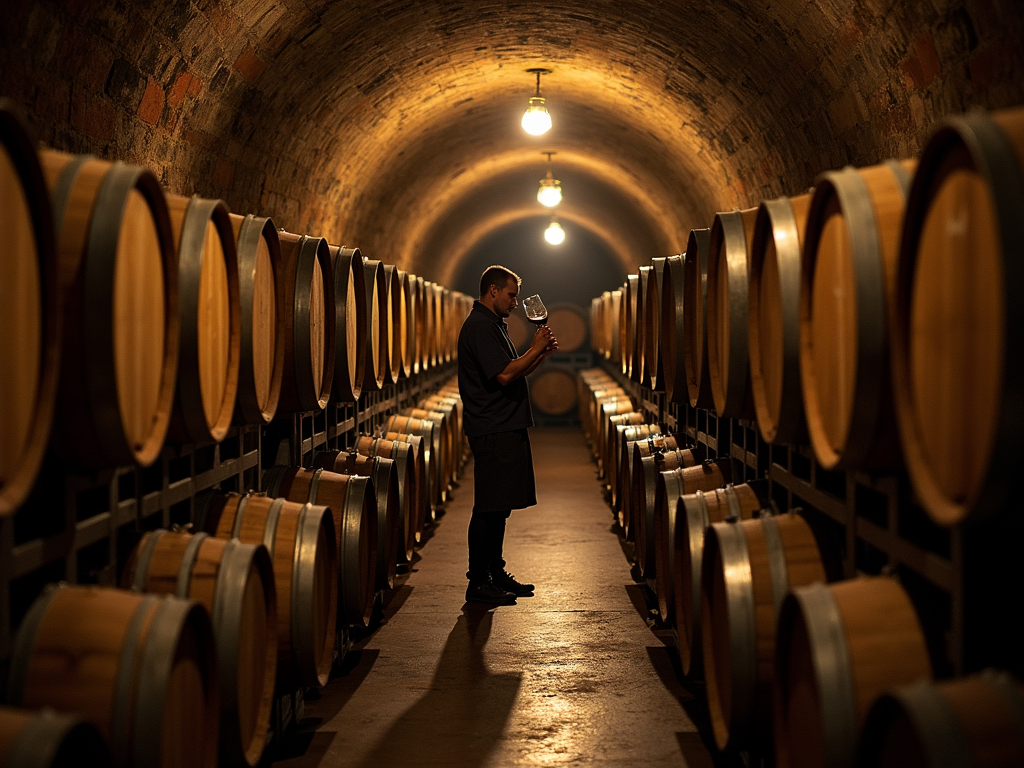
After fermentation, the wine is aged to allow its flavors to mature and integrate. The choice of aging vessel significantly impacts the wine's final profile.
- Oak Barrels: Aging in oak imparts flavors such as vanilla, coconut, and spice, and allows for gentle oxidation, which can soften tannins and add complexity.
- Stainless Steel Tanks: These are used for wines that are meant to be fresh and fruit-forward, as they do not impart additional flavors.
- Concrete Eggs: Some winemakers use concrete vessels for their neutral properties and ability to maintain consistent temperatures.
The length of aging varies depending on the wine type and style, ranging from a few months to several years.
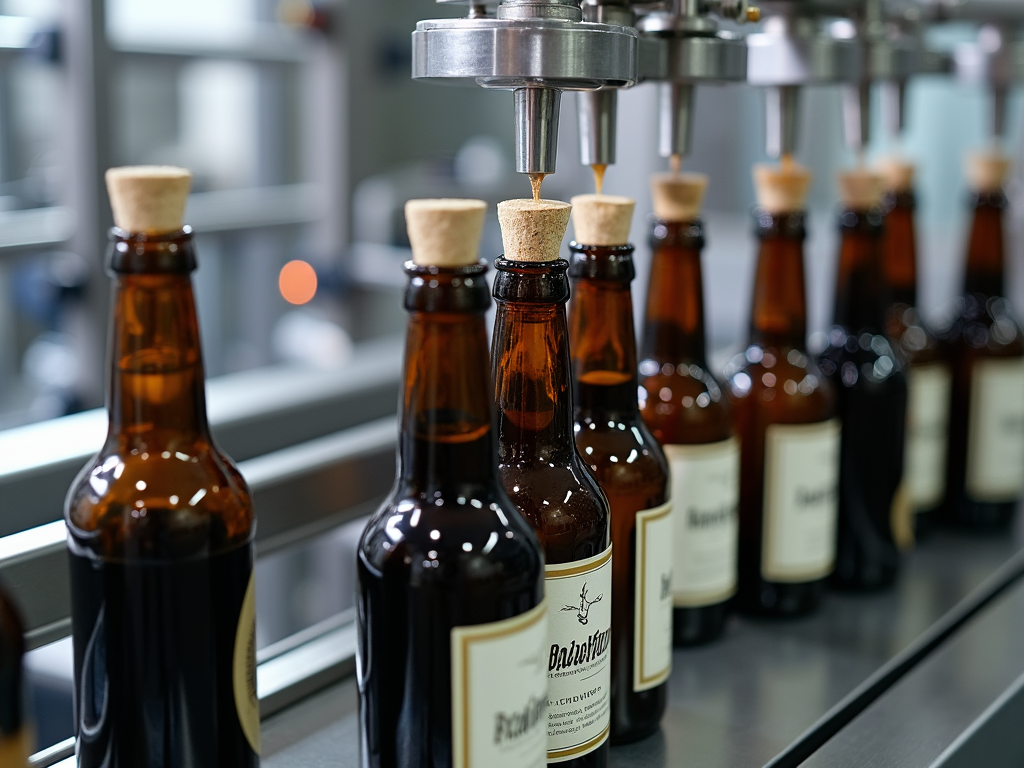
Before bottling, the wine may undergo fining and filtration to clarify and stabilize it. Fining agents, such as egg whites or bentonite, help remove unwanted particles, while filtration removes any remaining solids.
The wine is then bottled, corked (or sealed with alternative closures), and labeled. Some wines, particularly those intended for further aging, may be bottled with minimal intervention to preserve their character.
The winemaker is the guiding force behind the entire process. They must possess a deep understanding of both the scientific and artistic aspects of winemaking.
- Scientific Knowledge: Understanding chemistry, microbiology, and enology is essential for making informed decisions throughout the process.
- Artistic Sensibility: A winemaker's palate, intuition, and creativity are crucial for blending, tasting, and crafting a wine that is balanced and expressive.
Winemakers often describe their work as a labor of love, requiring patience, dedication, and a willingness to adapt to the ever-changing conditions of each vintage.
Jackson Family Wines is a prime example of a brand that embodies the art of winemaking. With a portfolio of over 40 wineries, they are committed to producing high-quality wines that reflect their respective terroirs.
One of their flagship wines, the Kendall-Jackson Vintner's Reserve Chardonnay, is known for its vibrant acidity, notes of green apple and pear, and a creamy texture from partial malolactic fermentation and oak aging. Another standout is the La Crema Monterey Pinot Noir, which offers aromas of cherry and raspberry, with a smooth, elegant finish.
Jackson Family Wines also prioritizes sustainability, implementing practices such as water conservation, renewable energy, and organic farming to minimize their environmental footprint.
While the basic winemaking process is similar for all wines, there are distinct differences in how red, white, rosé, and sparkling wines are produced.
- Red Wine: Fermented with grape skins to extract color and tannins.
- White Wine: Fermented without skins to maintain a light color and delicate flavors.
- Rosé Wine: Made by allowing brief skin contact or blending red and white wines.
- Sparkling Wine: Undergoes a second fermentation to create bubbles, either in the bottle or in a tank.
Each type requires specific techniques and considerations to achieve the desired style.
In recent years, there has been a growing emphasis on sustainable winemaking practices. Brands like Jackson Family Wines are at the forefront of this movement, adopting methods that protect the environment and promote long-term vineyard health.
- Organic Farming: Avoiding synthetic pesticides and fertilizers.
- Water Conservation: Implementing efficient irrigation systems.
- Renewable Energy: Using solar or wind power in winery operations.
Sustainable practices not only benefit the planet but can also enhance the quality and authenticity of the wine.
| Stage | Purpose |
|---|---|
| Grape Growing | Produce high-quality grapes |
| Harvesting | Pick grapes at optimal ripeness |
| Crushing and Pressing | Extract juice from grapes |
| Fermentation | Convert sugar to alcohol |
| Aging | Develop flavor and complexity |
| Bottling | Prepare wine for consumption |
The art of winemaking is a testament to human ingenuity and creativity. From the careful nurturing of vines to the precise crafting of the final blend, each step requires skill, passion, and a deep respect for nature. Brands like Jackson Family Wines exemplify this dedication, producing wines that are not only delicious but also reflective of their origins. As you savor your next glass of wine, remember the journey it took from vineyard to bottle and the artistry that made it possible.